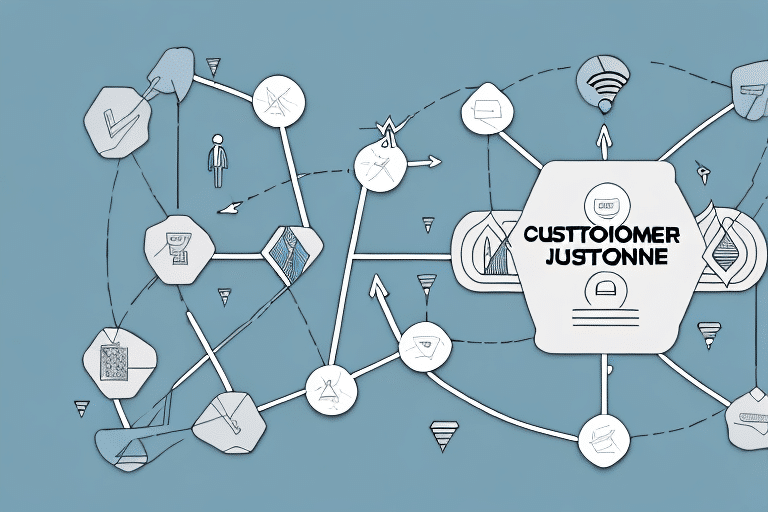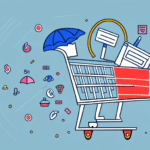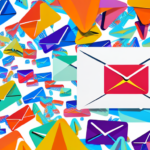7 Proven Strategies for Crafting Effective Customer Retention Emails
Email marketing remains a cornerstone for businesses aiming to retain customers in an increasingly crowded inbox landscape. With numerous companies vying for attention, creating effective customer retention emails is more challenging yet crucial than ever. This guide explores seven proven strategies to help businesses craft compelling retention emails that drive engagement, conversions, and loyalty.
1. Understanding the Importance of Customer Retention Emails
Customer retention emails are vital because existing customers are more likely to engage and make repeat purchases compared to new customers. According to [Harvard Business Review](https://hbr.org/2014/10/the-value-of-customer-experience-quantified), increasing customer retention rates by just 5% can boost profits by 25% to 95%. Retention emails help nurture relationships, foster loyalty, and encourage long-term engagement.
Personalization and Targeting
These emails enable businesses to personalize communication by segmenting customers based on interests, purchase history, and behavior. Targeted emails lead to higher open rates and conversions, as they resonate more effectively with the audience.
Gathering Valuable Feedback
Including surveys or feedback forms in retention emails allows businesses to gather insights into customer preferences and areas for improvement, ultimately enhancing the customer experience and driving more sales.
2. Data-Driven Email Marketing Strategies
Analyzing Customer Data
The foundation of effective retention emails lies in analyzing customer data to understand demographics, preferences, and behavior. Tools like [Google Analytics](https://analytics.google.com/) and [HubSpot](https://www.hubspot.com/) can segment your email list into distinct groups, enabling highly personalized content delivery.
Building and Maintaining Email Lists
Creating attractive opt-in forms and offering incentives such as discounts or exclusive content encourage customers to subscribe. Regularly cleaning your email list by removing inactive subscribers and ensuring compliance with regulations like GDPR ensures maximum impact.
Leveraging Automation
Automation tools like [Mailchimp](https://mailchimp.com/) and [ActiveCampaign](https://www.activecampaign.com/) can streamline your email strategy by scheduling campaigns, segmenting lists, and tracking metrics automatically. Automated triggered emails, such as welcome emails or abandoned cart reminders, enhance customer engagement efficiently.
3. Crafting Compelling Content
Creating Personalized Email Content
Utilizing customer data to personalize emails—including names, past purchases, and preferences—makes content more engaging. Incorporating storytelling, images, and videos can further enhance the memorability and effectiveness of your emails.
Crafting Effective Subject Lines
The subject line is critical in determining email open rates. Use clear, concise language with personalization and action-oriented words. Avoid clickbait to maintain credibility and ensure that the subject line accurately reflects the email's content.
Optimizing Email Design and Layout
A clean, responsive design aligned with your brand's identity enhances readability and user experience. Ensure emails are mobile-friendly, use consistent formatting, and include clear calls-to-action (CTAs) to drive desired outcomes.
4. Testing, Measuring, and Optimization
Implementing A/B Testing
Conduct A/B tests on different elements such as subject lines, content, and CTAs to determine what resonates best with your audience. Tools like [Optimizely](https://www.optimizely.com/) can facilitate these experiments.
Tracking Key Metrics
Monitor open rates, click-through rates, conversion rates, and bounce rates using analytics platforms. These metrics provide insights into campaign performance and highlight areas for improvement.
Adjusting Timing and Frequency
Experiment with sending emails at different times and frequencies to find the optimal schedule for your audience. Balancing consistency without overwhelming subscribers is key to maintaining engagement.
5. Avoiding Common Mistakes and Staying Updated
Avoiding Common Pitfalls
Common mistakes include not segmenting email lists, using spammy language, lack of personalization, and sending irrelevant content. Overusing trigger words like "urgent" can also harm your brand's reputation.
Staying Current with Email Marketing Trends
Stay informed about the latest email marketing trends by following industry leaders, attending webinars, and reading reputable blogs such as [Mailchimp's resources](https://mailchimp.com/resources/) or [HubSpot's blog](https://blog.hubspot.com/marketing). Incorporate emerging technologies like artificial intelligence and advanced personalization techniques to keep your strategy effective.
Conclusion
Customer retention emails are a powerful tool for building lasting relationships and fostering loyalty. By leveraging data-driven strategies, crafting personalized and engaging content, continuously testing and optimizing campaigns, and avoiding common mistakes, businesses can create effective retention emails that drive significant results.






















